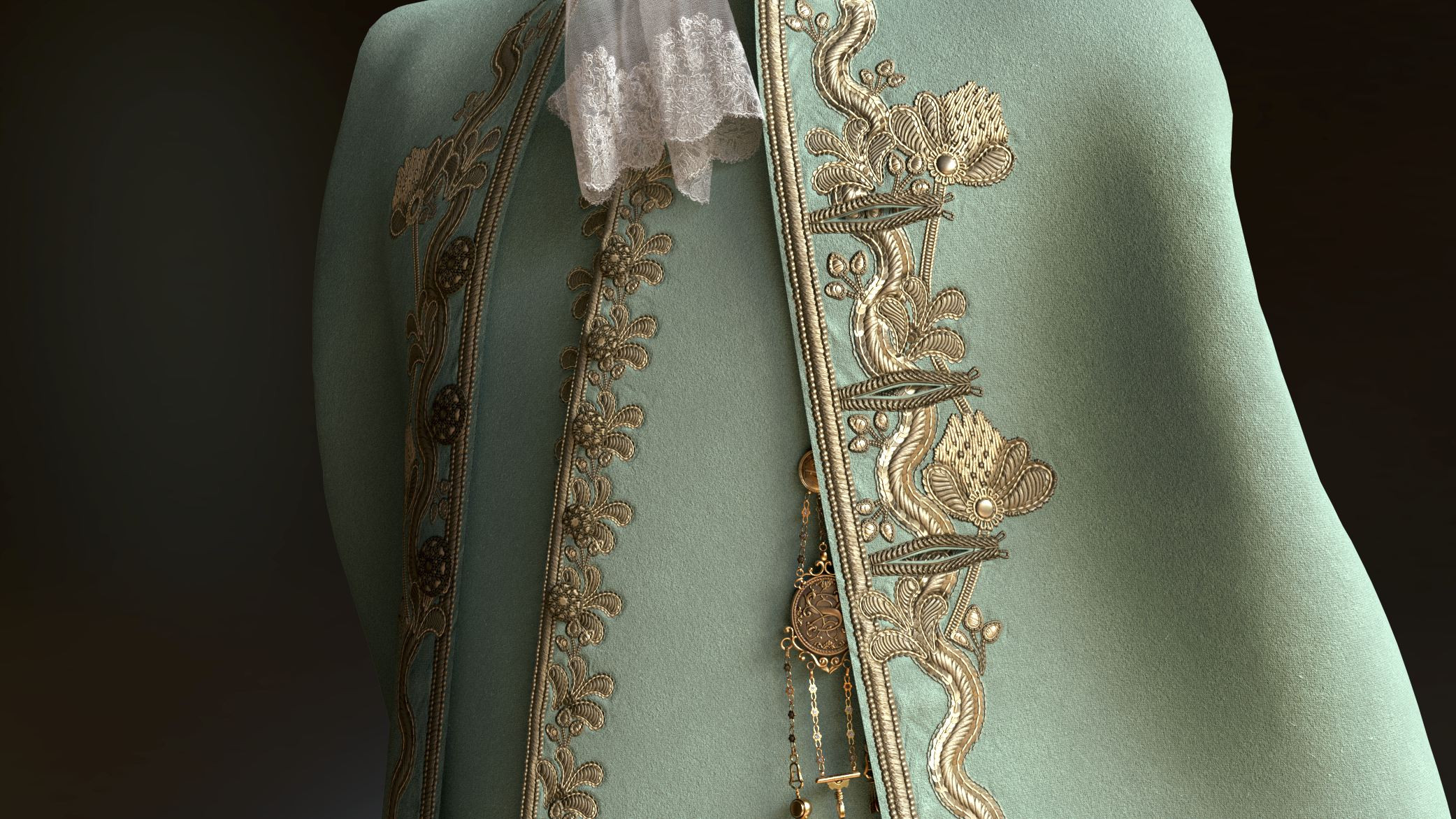Our Verdict
Adobe's Substance 3D Stager lacks the functionality you’d expect from other rendering applications, but is perfect for small-scale designers and artists keen to show off their work. I expect we’ll see Adobe strengthen in the 3D market in the future.
For
- Intuitive system
- Fits with the Adobe ecosystem
- Perfect for designers
Against
- Expensive for what you get
- Lacks top-end functionality
Why you can trust Creative Bloq
The most recent addition to the Adobe 3D toolset is Substance 3D Stager. For the most part, Adobe has focused its 3D efforts on material authoring with the release and development of Painter, Sampler and Designer, giving it a foot in the door of the 3D universe. Painter enables artists to texture assets using brushes, Sampler converts images into 3D materials, and Designer is an authoring tool used for material creation.
This new release supersedes the Dimension package and is directly aimed at designers and 3D artists. Through the use of physics-based tools, artists can create brand visualisations, product mockups and much more.
Who is it actually for?

If I’m honest, I was surprised to see Adobe go down this route. The 3D market is saturated with countless modelling and rendering apps, many of which are streets ahead in terms of functionality and quality. It seems their intention isn’t to compete with these behemoths, but to be completely different. They’ve certainly got history of that, as seen with Painter.
Stager adopts the approach of trying to make the bar to entry as low as possible, while still providing a high level of functionality and quality. This, for the most part, has been achieved. Stager is intuitive and incredibly easy to pick up. It will no doubt appeal to designers who have no interest in learning a complicated package but still want to show designs off in all their glory. It will also be appealing to artists creating portfolio renders, marketing adverts, and product design interactions.
Stager will be most suited to those already invested in the Adobe ecosystem
Despite Stager’s new approach, it’s certainly not without competition. One example is KeyShot; a well-established renderer that has the capability of creating jaw-dropping visuals. The main benefit Stager has is how it fits into the broader Adobe ecosystem. Stager, alongside Substance, and followed by Photoshop and Illustrator, provides an incredibly powerful set of tools that work seamlessly together. Being able to connect your materials and rendering into one workflow makes it highly appealing indeed.
As a result, Stager will be most suited to those already invested in the Adobe suite of tools, and who want a way to push the boundaries of their work. Its connection to Adobe’s material authoring solutions helps to make it even more powerful and boosts its offering to 3D creators.
What about the tools?

Stager can import and export using the USD file format. This makes it incredibly compatible because it can be integrated into any other workflow that supports the format. Through USD, creatives can move around these scenes, including geometry, materials, cameras and lighting, in a flexible way.
Of course, the first step is to build your scene. Stager contains several intuitive tools that make setting up scenes quick and straightforward. There’s also a handy physics tool that enables models to collide with other objects. This is perfect for creating scenes that look naturally set up.
When setting up your designs, Stager gives a helping hand by providing thousands of top-quality assets created by Adobe for use in its products. These assets include models, materials and lights.
After your scene is set up, you can apply and edit materials using simple menus that are designed for ease of use. The real benefit of this is that it’s all in real-time, so there’s no waiting around for renders to be calculated. This is a perfect solution for working collaboratively with designers. All of this rendering is powered by Adobe’s Mercury render engine.
Aside from creating renders, it’s also possible to publish work to both the web and augmented reality (AR). The ‘Export to Aero’ functionality enables designers to send their work over to Adobe’s bespoke AR tool, Aero. With Aero, creators can build, view and share their work. This export feature is robust and links up seamlessly with Aero, ensuring the scene is perfectly prepared for use in an AR environment.
Price
Adobe Substance 3D Stage 2.0.0 costs £40/$50 monthly or £440/$550 annually (part of Substance 3D Collection
Should I buy Adobe Substance 3D Stager 2.0.0?

Stager lacks the functionality you’d expect from other rendering applications, but is perfect for small-scale designers and artists keen to show off their work. I expect we’ll see Adobe strengthen in the 3D market in the future.
out of 10
Adobe's Substance 3D Stager lacks the functionality you’d expect from other rendering applications, but is perfect for small-scale designers and artists keen to show off their work. I expect we’ll see Adobe strengthen in the 3D market in the future.

Paul is a digital expert. In the 20 years since he graduated with a first-class honours degree in Computer Science, Paul has been actively involved in a variety of different tech and creative industries that make him the go-to guy for reviews, opinion pieces, and featured articles. With a particular love of all things visual, including photography, videography, and 3D visualisation Paul is never far from a camera or other piece of tech that gets his creative juices going. You'll also find his writing in other places, including Creative Bloq, Digital Camera World, and 3D World Magazine.

